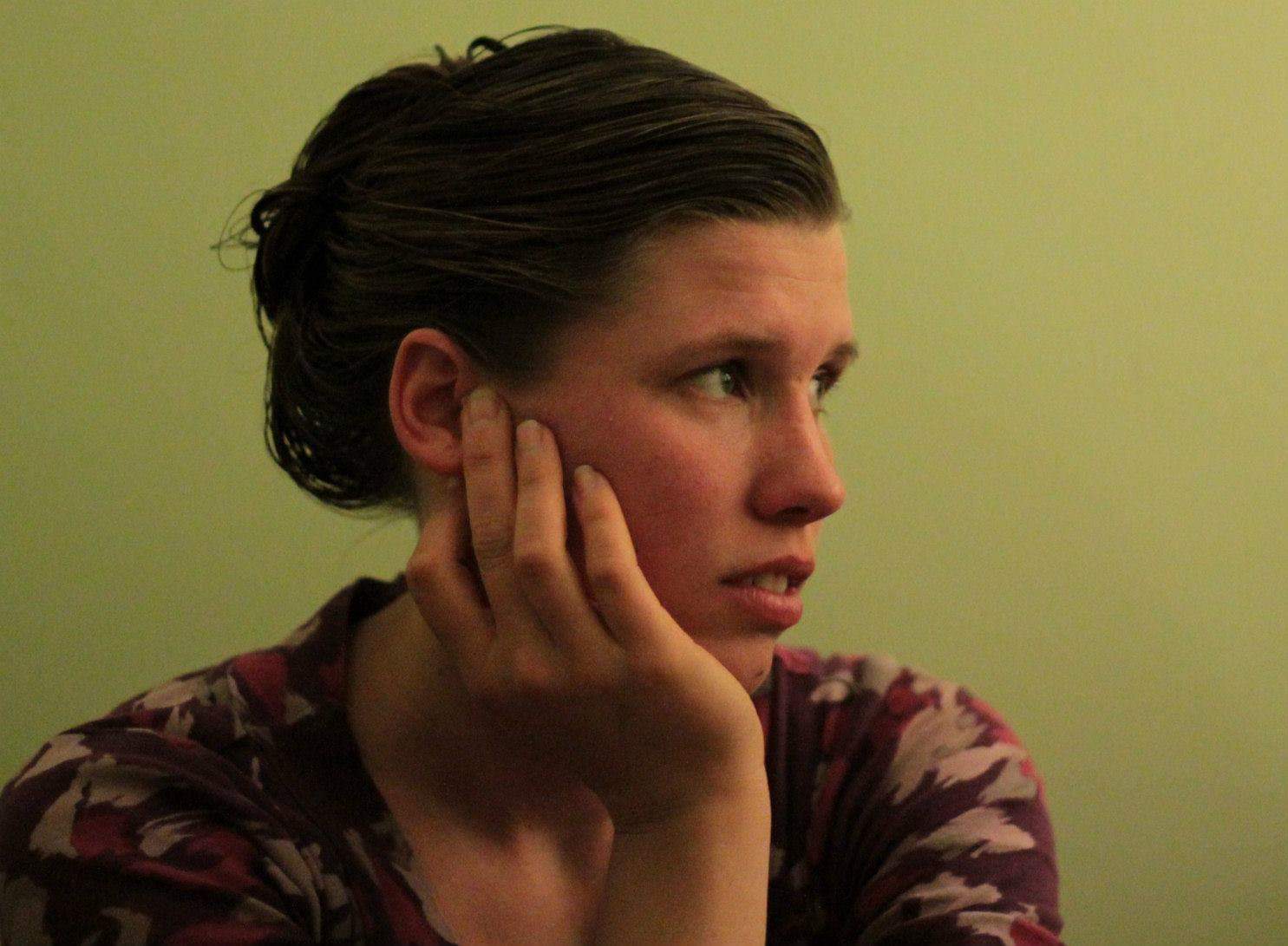
For nearly three decades, Red Bull has lived by the slogan that it gives people wings.
When Red Bull was founded in 1987, it was not only the launch of a new product; it birthed a totally new product category: energy drinks.
From 1987 to the present, we’ll look at the evolution of Red Bull and its iconic logo.
The Red Bull Logo And The History of The Company
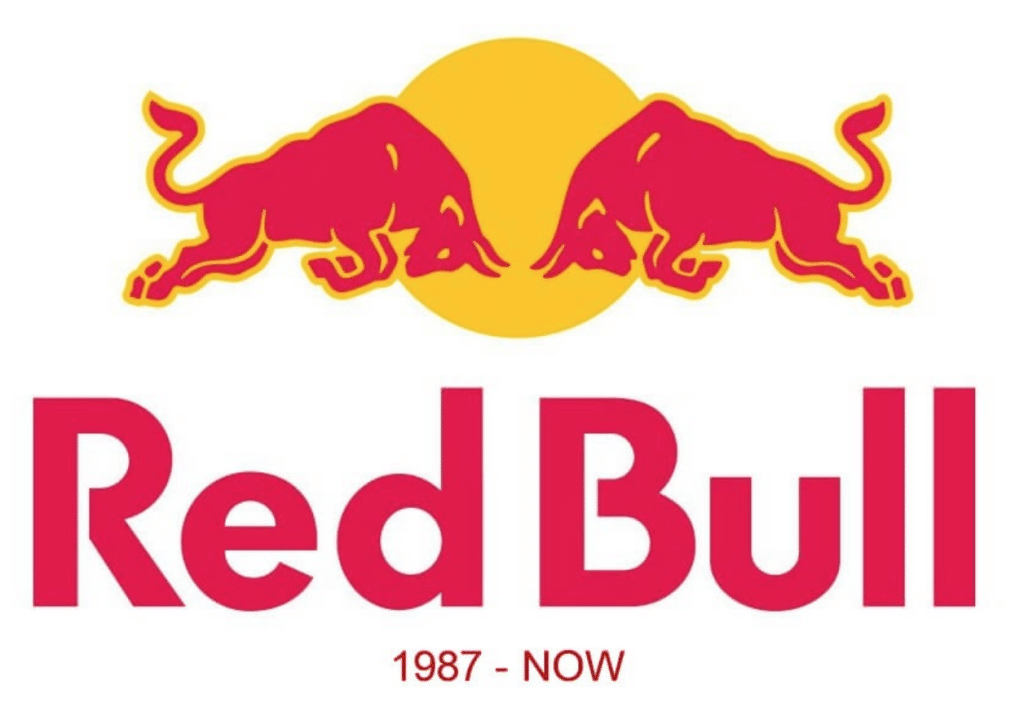
1987 – Present
Most companies would have updated, expanded, or redesigned their logo to some degree — with a 30-year history to brag upon. However, that is not the case for Red Bull. They must have known exactly what they were going for from the day their logo was designed. They must have known the vision for the product and captured it all in the infamous logo. Red Bull’s product is now familiar in almost every country because its logo has not changed since it was formed.

Red Bull Logo Shape and Symbol
It’s not always easy to come up with the perfect logo for your brand with one try. Yet, Red Bull seemed to have pulled that off. The Red Bull trademark features two fighting bulls in front of a golden ring — a reference to energy, stamina, and action. Under this impressive emblem is the wordmark, Red Bull. Let’s talk about the logo, why it sticks, and how it makes the ultimate statement for the company after all these years.
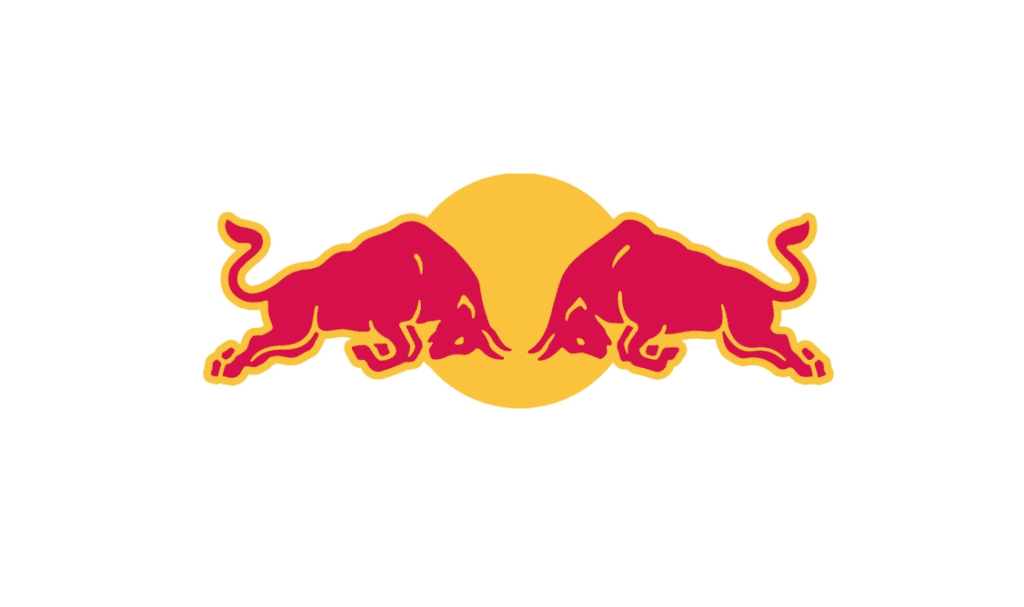
The Bulls
If you didn’t know, the Red Bull symbol represents work ethic. A bull symbolizes strength, confidence, stability, and stamina. In some countries, the bull symbol can also symbolize fertility, farming, teamwork, and helpfulness. The two bulls also convey the effects of what happens after drinking the beverage. Since the slogan does inspire you to drink the beverage to put your best physical self, it is a well-chosen graphic design.

The Circle
Right behind the two bulls is the large golden circle, bright as the sun. In some traditions, this is regarded as the ruler of the earth. This element represents life, light, energy, and influence. It also represents growth, power, health, and passion. Lastly, some would agree that the circle is also a symbol of completeness and timelessness.
The Color Scheme

The color red is very notable on the can, as it marks the character of the animals on the logo and wordmark. Red symbolizes love, passion, and strength. It can also symbolize courage, danger, and willpower. Red is a color of action, energy, and enthusiasm. And everyone knows how bullfighters use red capes to get a bull to charge? Regardless of what you may believe, the color red is only used in a bullfight to mask the blood on the cloth. The reality is, a bull will charge anything that’s moving. However, red does symbolize the courage, action, and energy it takes to be in the ring with a charging bull. So, this color is probably a good representation of the drink.
Gold is also used as the backdrop for the bulls, as well as their outlines. Gold is a symbol for some precious metals and represents wealth, lavishness, and success. It also conveys the feelings of yellow, like freshness, energy, and happiness.
The History of Red Bull
Red Bull is an energy drink, first sold in Australia in 1987. It is the number one selling energy drink in the world. But who founded Red Bull, and what is the history behind it?

Its Founders
It would be hard to accredit one individual for being the founder of Red Bull. Although it was the idea of Dietrich Mateschitz to nationalize the drink, a concept or version of a Red Bull was already in existence.

Dietrich Mateschitz came upon a beverage formulated by his host while he was in Thailand during a business trip. He was tired from his flight, but the specially-brewed drink (Krating Daeng) magically energized him. He liked that the product allowed him to be functional and thought it would be good to introduce to European consumers. So he collaborated with the creator of Krating Daeng (Chaleo Yoovidhya) to popularize the drink. Chaleo initially made the drink to help energize farmers, laborers, drivers, and the lower social class. It never occurred to him that the wealthy would need it.
With the collaboration of the originator, Dietrich repurposed the Thai drink to meet the needs of anyone who needed it. The partners founded Red Bull in 1984, and things kept moving forward from there.
Marketing Success

Since 1997, Red Bull has been making commercials bearing its slogan “Red Bull gives you wings.” Commercials usually were animated and featured characters with constant squints.
Red Bull’s international marketing campaign is largely linked to extreme sports — from motorcycle speedway to breakdancing. Red Bull uses music and video games and has enlisted celebrities to help sell its brand. Since 1988, the name Red Bull has been synonymous with first-ever events like art shows and the “Red Bull Flugtag.” Red Bull owns football teams, with clubs in Austria, Germany, the United States, and Brazil featuring the Red Bull trademark in their names. By associating the drink’s image with these activities, the company seeks to promote a “cool” public image and raise brand power. The energy drink has created a market for over 150 related types of products.
The Timeline
If you thought Red Bull was only about an energy drink, you’d be mistaken. Red Bull celebrates the courageous feats of athleticism and music over their thirty-plus years of history. Here are just a few of the notable moments for the company:
1987:
In 1987, Red Bull was unveiled in Austria. Within a year, a million cans were consumed.

1988:
Red Bull held its first-ever Red Bull Event, the Dolomitenmann (named for the location of the event in Italy). This is a race of four-men teams that include a mountain runner, paraglider, mountain biker, and whitewater kayaker. The competitions have been going on for over 30 years.

1989:
Austrian race car driver, Gerhard Berger, becomes Red Bull’s first official athlete.

1992:
Red Bull was on the market in Germany and the United Kingdom. That was also the year of the first Red Bull Flugtag Held in Vienna. That is a competition of teams to build homemade, human-powered flying machines to see how far they can fly.

1994:
Red Bull signed the first global sports stars, windsurfers Robby Naish and Bjorn Dunkerbeck.

1995:
Red Bull makes its F1 debut with Team Sauber.

1997:
Red Bull entered the U.S. market initially focused on California, Oregon, Texas, and Colorado, before spreading to other states. It was during this time the company focused on aggressive marketing by magnifying its slogan, Red Bull gives you wings. That was also the year Red Bull cliff diving debuted in France.

1998:
The first-ever Red Bull Music Academy takes place. In-depth interviews with some of music’s most creative and inspiring minds took place, spanning two decades and hundreds of artists.

1999:
Red Bull becomes King of the Air. In this competition, the world’s best kiteboards take it to the skies. The athletes attempt to outdo each other with the highest jumps and most insane tricks. That was also the year of the Founding of the Flying Bulls. The Flying Bulls consist of aviation enthusiasts with a passion for restoring rare historical aeroplanes and helicopters, and they perform air shows.

2001:
Red Bull sells its one billionth can of energy drink.

2002:
The first U.S. Red Bull Flugtag was held. That took place in San Francisco, CA.

2003:
Red Bull energy drink became sugar-free, and they launched an explosive campaign about sustainability. Dressed from head to toe in the Red Bull logo, Austrian daredevil Felix Baumgartner swept over the white cliffs of Dover to become the first flying human to cross the English Channel. The first Red Bull music studios opened in California.

2005:
Red Bull Racing was founded.

2006:
The Red Bull Tour bus is unveiled, and the NASCAR Red Bull racing team is founded.

2007:
The Red Bull music label is founded in Los Angeles, CA to promote musical diversity across a wide range of genres.

2008:
ORGANICS by Red Bull: Simply Cola is launched. Carefully selected plant extracts, caffeine from natural sources, and concentrated organic lemon juice with a unique cola taste.

2009:
German native, Sebastian Vettel claims first win for Red Bull Racing.
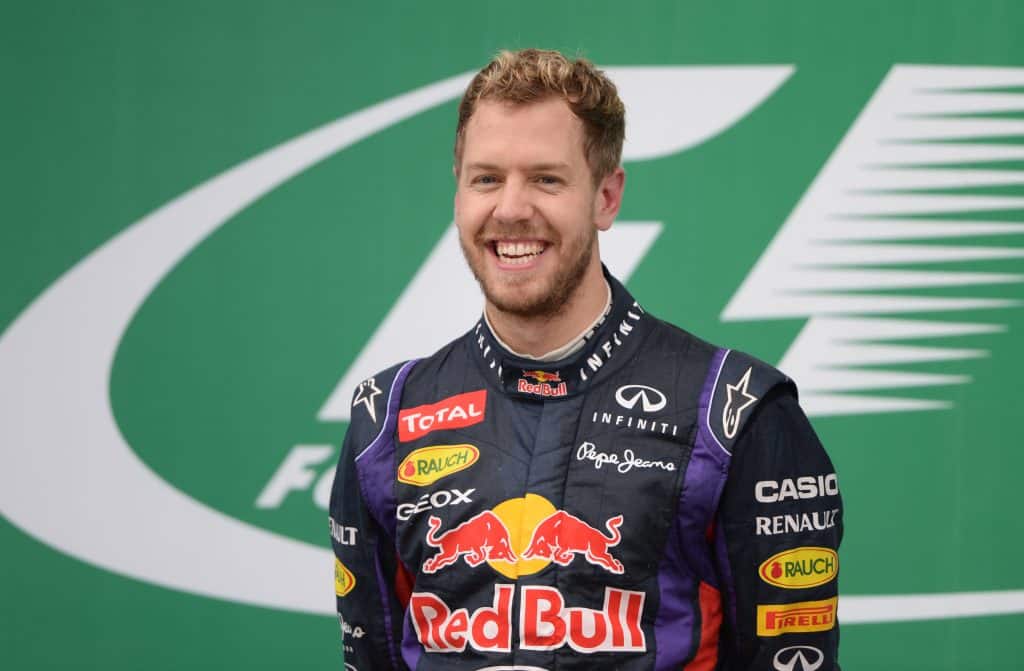
2011:
Red Bull Flugtag marks its 100th edition. Red Bull launches Editions. The energy drink has the same benefit, but different tastes. Flavors in pomegranate, watermelon, coconut, berry, tropical fruits, blueberry, and peach.

2014:
Red Bull launches Winter Edition. The new Red Bull Winter Edition combines the pleasantly tart taste of Pomegranate and winterly spices.
First-ever Wings for Life Runs is launched. More than 25,000 competitors (runners) representing 32 countries took part in the race to find a cure for spinal cord injuries.

2016:
The first-ever Red Bull Mind Gamers is launched.

2017:
ORGANICS by Red Bull launch in Austria.

2018:
Red Bull Conquest Tournament Series begins.

2019:
First Red Bull Three-Time Basketball Tournament. First Red Bull Dance Your Style World Final in Paris.

2020:
Invitation Only: Red Bull BC One Battle-X Russia.

Why Does the Red Bull Logo Work?
Red Bull’s logo has not changed since its inception. That is nothing more than miraculous, considering the company has had nothing but overwhelming success since the beginning and has never looked back. It’s fair to say that the logo works. It’s one of the most recognized logos in the world. Here are some reasons why it works:

- It’s Unique: The Red Bull logo is a unique trademark in the beverage industry. The presence of the fierce bulls, the solar disc, and the custom wordmark elevate the emblem above the competition. These distinctive elements are highly recognizable. People immediately know the brand it represents when they see it.
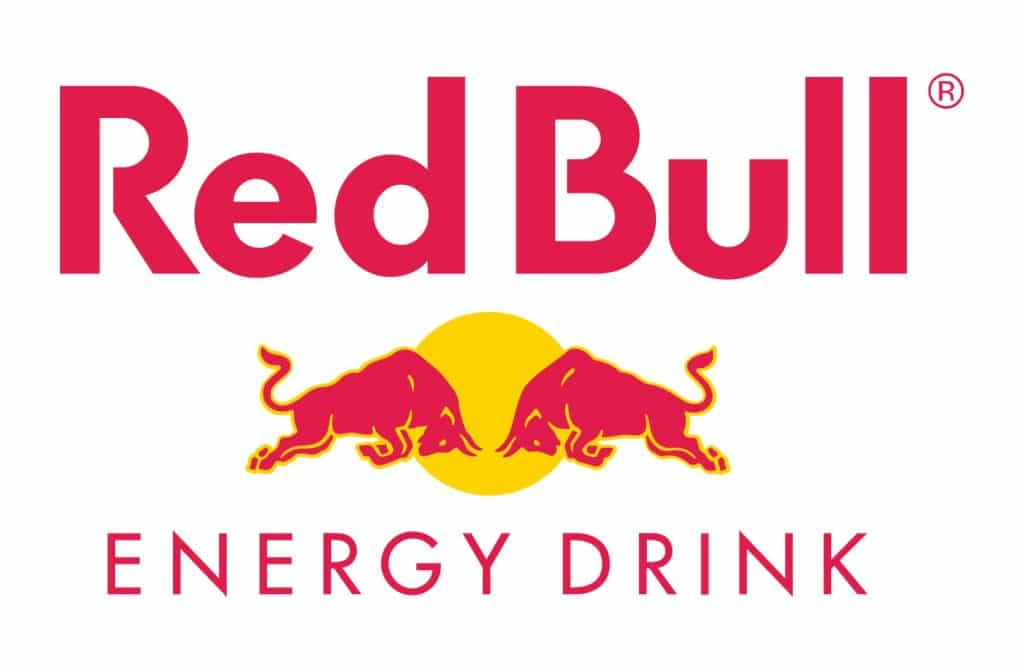
- It’s Readable: The logo is coherent, no matter the distance you’re spotting it from. Consumers can easily read, identify, and understand the emblem.
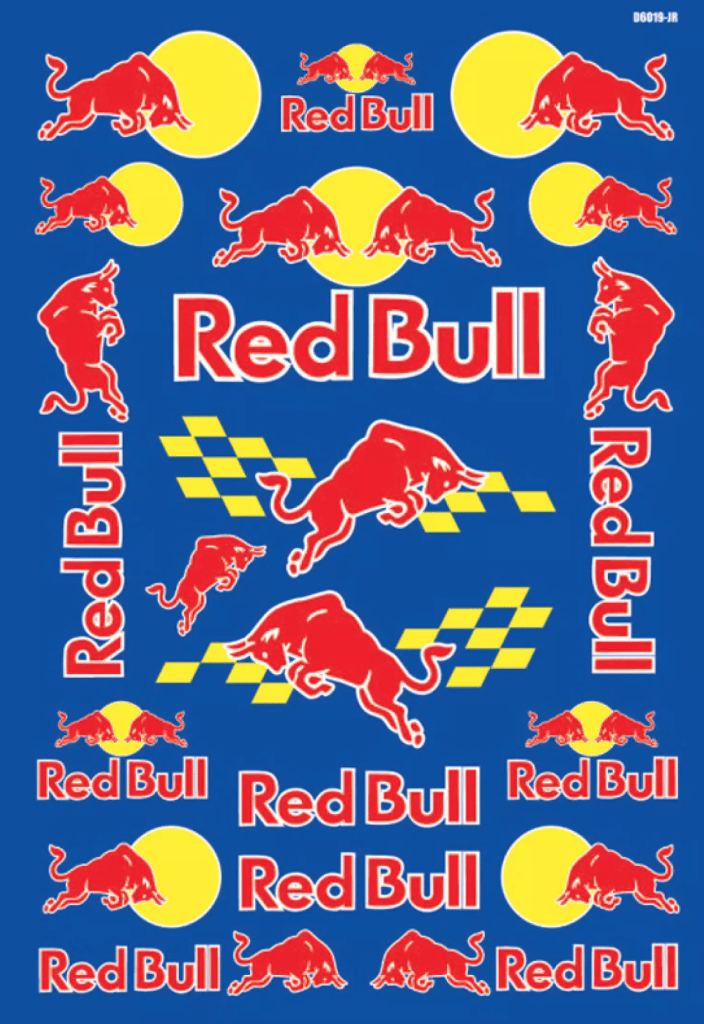
- It’s Memorable: When something is impressive, it sticks with you. Red Bull’s trademark is impressive, so people remember it. Its catchy graphic features make the logo unforgettable.

- It’s a Classic: You often hear the saying that less is more. It’s a true statement, and Red Bull’s logo proves that. The Red Bull logo gives consumers every opportunity to identify and recall its visual diplomat. This is done with the designer only using three design elements to evoke the brand’s charisma effectively.

- It’s Scalable: In its minimalist form, the Red Bull logo is elastic on multiple advertising mediums. The simple layout makes it easier for marketing channels to support. The logo flows well.
Red Bull Today

Red Bull continues to inspire consumers to consume its products with its infamous logo and brand. The key ingredients in the drink are caffeine, taurine (artificially created), sucrose, glucose, alpine spring water, and vitamins. As of 2020, Red Bull’s share of the energy drink market was 43%, making it the leader in the industry. There is no indication that this will change.
The energy drink was founded in 1987 in Thailand, and its headquarters is in Austria. Red Bull operates in 171 countries around the world with over 12,000 employees. In 2020, the company sold almost 8 billion cans of product. That was an increase from the previous year. No matter how hard its competitors (Coca-Cola, Pepsi Cola, Monster, Rockstar) compete, they can’t seem to catch Red Bull.
As you see through the years, the company has launched many events and editions (not all of them listed) to its product line. The flavors, called editions, are selling well. Red Bull has a novel product with a distinct taste and forceful personality. Its mixture is hard to imitate, leading to many failed attempts by its competitors.
The one thing that has remained unchanged by the company since its inception is its logo. The logo is unique, readable, memorable, scalable, and will forever remain a classic.


